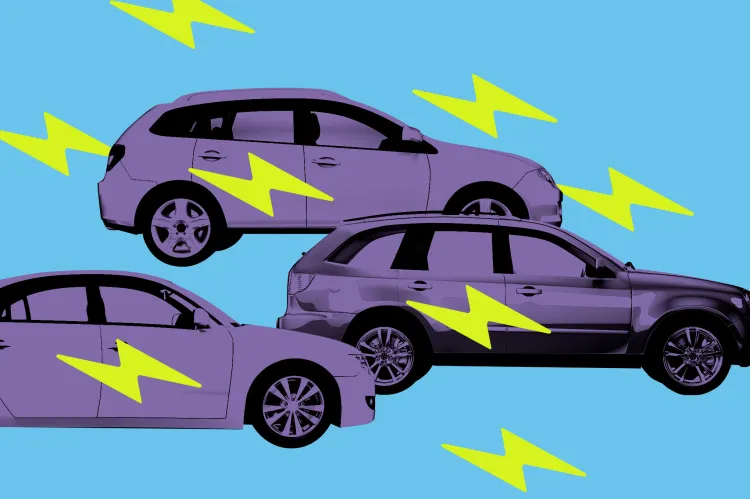Views: 61
Smartphone apps that track driving behavior may hold the key to making roads safer. A recent study by the AAA Foundation for Traffic Safety reveals that using smartphone apps to monitor driver behavior—and providing regular feedback—leads to a measurable reduction in risky driving habits.
The Science Behind Safer Driving
The study borrowed techniques from usage-based insurance (UBI) programs, in which insurance companies track driver behavior through smartphone apps to assess risk. These programs measure factors like hard braking, sudden acceleration, and speeding, using real-time data to adjust premiums. While many drivers are hesitant to be tracked by their insurers, the AAA study found that behavior monitoring alone, without financial incentives, significantly improved driving habits.
Participants in the study were divided into four groups:
- A control group with no feedback
- A standard feedback group receiving weekly text updates on all monitored behaviors
- An assigned goal group receiving feedback on one pre-selected behavior
- A chosen goal group selecting their own behavior to improve
Among the feedback groups, researchers observed a 13% reduction in speeding, a 21% decrease in hard braking, and a 25% drop in rapid acceleration—all of which contribute to safer roads.
The Impact of Continuous Feedback
The study also explored what motivated drivers to change their habits. Participants indicated that potential financial rewards (67.4%), weekly feedback via text (53.9%), and detailed driving reports (45.8%) were the most persuasive methods for promoting safer driving.
Interestingly, the study also monitored phone usage while driving and found that this behavior remained largely unchanged. Researchers speculated that initial safety scores may have led some drivers to overestimate their safe driving habits, reducing their motivation to improve in this area.
The Long-Term Effects
After the 12-week monitoring period, participants continued to be observed for six more weeks without any feedback. Encouragingly, many retained their improved driving habits, suggesting that positive reinforcement—rather than punitive measures—can create lasting change. “This shows that positive reinforcement can lead to safer driving habits that save lives,” said Jake Nelson, AAA’s director of traffic safety advocacy.
A Growing Trend
In 2023, over 40,000 people died in vehicle crashes in the U.S., highlighting the urgent need for innovative solutions. While UBI programs are still gaining traction, their adoption is increasing. In 2020, 16% of auto insurance shoppers were offered UBI, with 12% enrolling. By 2024, the number of enrollees rose to nearly 20% of buyers offered UBI.
With smartphones already monitoring our steps, sleep, and eating habits, integrating driving behavior tracking seems like a natural next step. As awareness grows, these apps could play a crucial role in shaping safer driving habits and reducing road fatalities.

